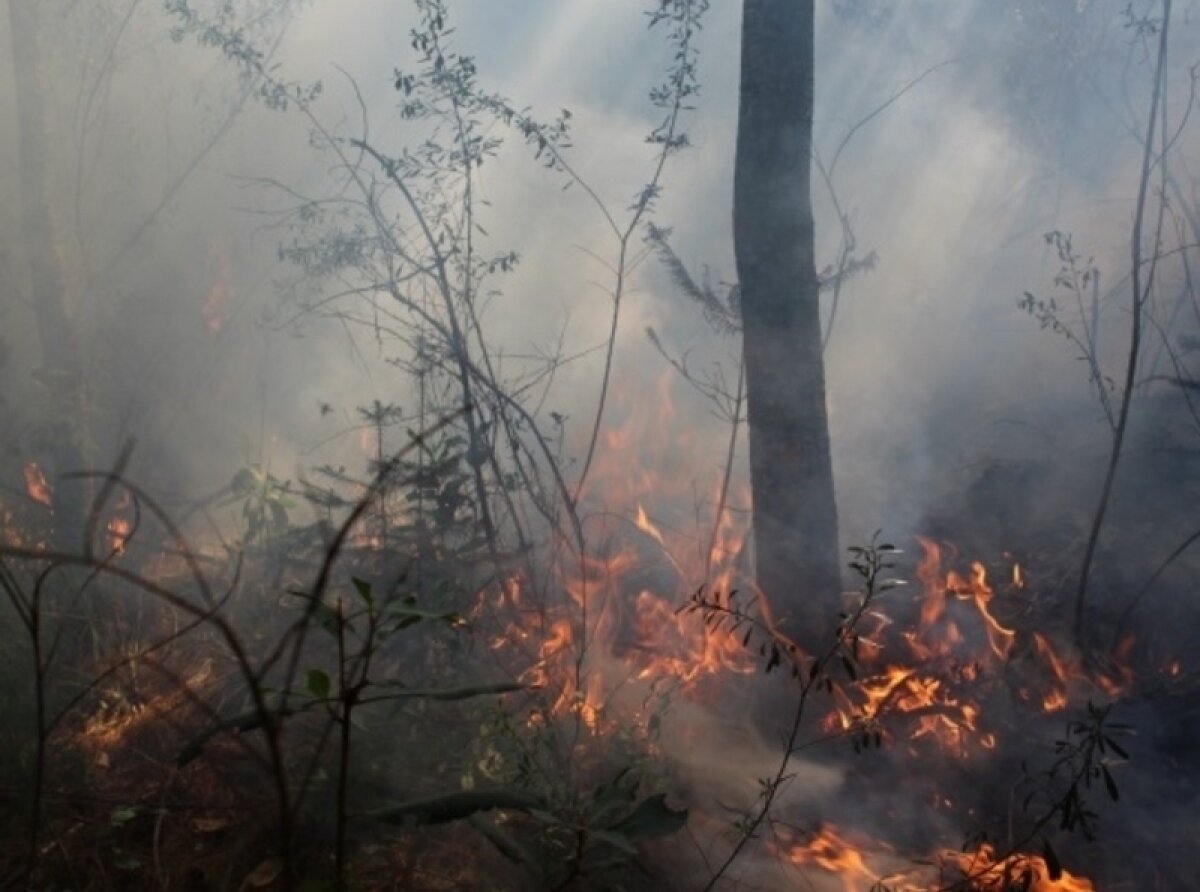Despite the La Niña meteorological phenomenon, which caused extreme drought conditions in the country, this year the number of forest fires increased by only 12% compared to 2020.
The National Forestry Commission (CONAFOR) reports that, during the critical months of forest fires, 6,224 fires were dealt with in a timely manner affecting 559,393 hectares. It should be noted that 92% of the affected area is herbs and shrubs, vegetation that recovers quickly with the arrival of the rainy season, and the remaining 8% corresponded to adult trees.
This year through inter-institutional coordination; actions, capacities, and resources were added to address forest fires in the monitoring and operational infrastructure. 6 Regional Fire Management Centers have benefitted, located in the states of Sonora, Durango, Coahuila, Jalisco, Puebla and Campeche; as well as the 32 State Fire Management Committees made up of specialized technicians, and 3,772 combatants from various federal, state and municipal entities.
This operational organization and the proper channeling of resources from the Federation's Expenditure Budget and the Environmental Compensation Program for Land Use Change, as well as other sources, allowed the necessary financial capacity to attend prevention as a priority, along with the extinction of forest fires. With this inter-institutional coordination the established goals of prevention, detection, and combat of forest fires at the national level are being met.
Atypical conditions presented this year by the lack of rain, drought, and high temperatures, as well as other main causes due to illegal activities, agricultural, or unknown origin caused a 12% increase in fires, and an 88% increase in affected area compared to 2020, a year that was not very complicated. The current figure is lower in relation to other years in which extreme meteorological La Niña conditions were also present, such as in 1998, 2011, and 2017 in which 8-14,000 forest fires occurred annually.
Extraordinary participation by the Federal Executive, Sedena, the National Guard, and Conagua stands out, including budgetary support, human resources, and specialized equipment such as helicopters from these dependencies. The participation of agencies and entities of the Federal Public Administration that contribute to the prevention, detection, and combat of forest fires has also been outstanding.
In addition, there are agreements in process between CONAFOR-Sader and CONAFOR-Bienestar, to reduce and control agricultural burns, since year after year they are one of the main causes of forest fires.
Despite the fact that the weather conditions were unfavorable, the results have translated into greater efficiency of the financial and human resources of CONAFOR and other government entities, and in reducing damage to forest ecosystems and biodiversity as much as possible.
CONAFOR reaffirms its commitment to continue improving its public service through the Fire Management Program for protection against forest fires, to increasingly apply better organizational and technological systems, continue to strengthen the training of people dedicated to combat, and seek maximum coordination with the three levels of government in its various agencies and institutions, as well as continue adding the participation of the owners of forest lands, farmers, ranchers, and civil society.

